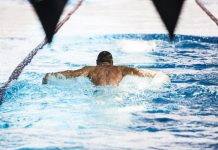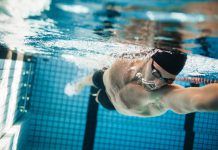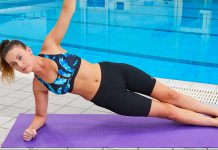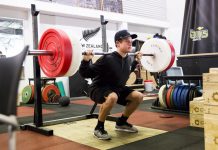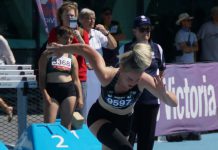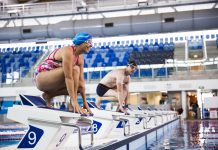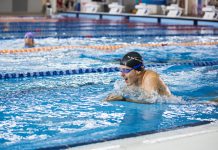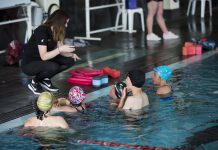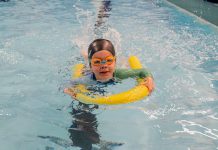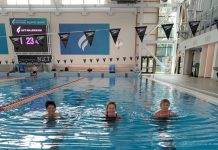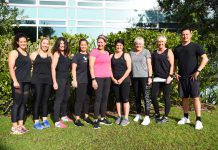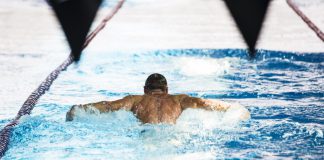There are many different ways you can improve your swimming through the use of dryland activities. You may eventually find that you are unable to improve on your swimming any further, or that you feel like you just can’t seem to get the required strength to swim with the technique you are after. There are dryland exercises that can be done which relate back to swimming in the water. Here is why it is important that you include dryland training into your weekly swimming routine.
Build muscle
First of all, it can be difficult to build muscle from swimming alone. You need to include dryland training in order to develop your muscle mass. You aren’t likely to see an increase in muscle mass from swimming alone, as the muscle groups aren’t triggered in the same way that they would be in the gym. Building muscle strength is a good way to increase your overall strength, which can translate into improvements in the water.
Core strength
Secondly, and this is especially important to swimming, core strength. Improving your core strength is another way to improve your overall swimming style. Good core strength can make it easier to hold the correct body position in the water, and also allow for faster, tighter tumble turns. Dryland training is a good way to increase core strength through the use of exercises that activate and target all of your core muscles.
Power
Another reason why dryland training is so important, once you have developed correct swimming technique, is because it will generate more power overall. Dryland training will increase your power in a way that swimming alone cannot match. You will then be able to translate that increased power on land to increased power in the water.
Injury prevention
Not only is dryland training beneficial for strength, but it is also good for maintenance. You may not realise this when you are swimming, but swimming involves a lot of repetitive movements that, over time, may actually start to have an effect on your body. For example, you may find that you get sore shoulders from time to time. By implementing dryland before or after a swim, you are going to strengthen the muscles around your joints, which will help to prevent injuries.
There are a range of different exercises that you can include in your pre and post-swim routine. The use of dynamic warm-up stretches and exercises such as arm swings, leg swings, planking, and alternative leg/arm raises are a great way to activate the body to unleash your full potential in the water. Dryland stretches and strengthening exercises may seem simple, however they are a great way to prepare before hitting the water as well as helping your body to recover.


